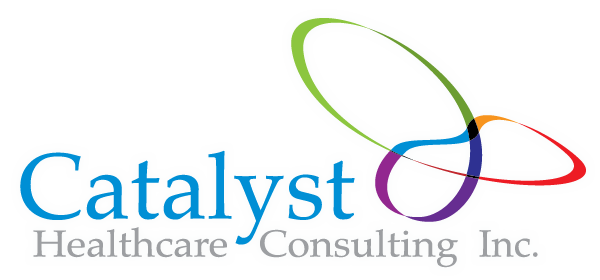Goal is to Make the Process More Efficient and Save FDA Time and Resources
By: Nancy Bradish Myers, President, Catalyst Healthcare Consulting, Inc.
Twitter: FDAInsightGuru
Prior to passage of the Food and Drug Administration Safety and Innovation Act (FDASIA) over two years ago, the expectation was that initially, 3-4 products might be granted a BTD annually, and the agency was eager to accommodate.
That estimate proved to be a little off.
According to FDA statisticians, from 2012-2014, CDER received 203 BTD Requests (BTDRs) – of which 64 (32%) were granted, 109 denied (53%) and 30 (15%) were withdrawn. There was obviously more interest than anticipated.

Source: FDA
Now, FDA would like to clarify expectations to avoid the submission of applications very unlikely to merit the BTD. FDASIA did not include any additional funding for the program. Due to the overwhelming interest, CDER has struggled with how to maintain the all hands on deck approach to the program and still meet the aggressive review timelines. Each denial demands a thorough review, vetting and a written determination, while each granting demands a full court regulatory press.
FDA is hoping efficiency will help decrease the burden of the program. And the agency is now trying to take steps to help innovators better understand what will qualify for the BTDR. Basically, this is a cry from the agency for innovators to show some “self-control.” Rich Moscicki, the most senior person from CDER on the panels, indicated that the agency is not advocating for a fee to apply for the designation, but if companies could show some “self-control,” it would cut down on the workload created by a 50%+ denial rate.
| To qualify for the designation, a drug must… |
|
| A drug with a Breakthrough designation will have… |
|
Source: FDA
Reliability of Evidence Was a More Common Rationale for Denial of BTDR Than Lack of Substantial Improvement

Interesting Statistics Generated by CDER (2012-2014)
- Large sponsors (more than 15,000 employees) submitted over ½ if the BTDRs
- Small sponsors (less than 250 employees) and privately held submitted 50% but only received 25% of the grants
- 78% sponsors are from the US
- 15% of privately held and small sponsors had regulatory experience (based on whether a parent company or sponsor had a drug listed in the Orange Book on the date of BTDR submission) compared with 83% of medium (250-15,000 employees) and large sponsors.
- Majority of requests were oncology and hematology or antivirals
- Antivirals had the highest proportion of grants
- Grants and denials were closely split over all with respect to available therapies, but this varied by class
- BTDRs for orphan/rare diseases did not have a higher proportion of grants
- Highest percent of rare/orphan BTDR were for oncology and hematology.
- BTDR for orphan/rare designated drugs tended to have fewer patients enrolled in the trials
- BTDRs with biomarkers in their indications had a higher proportion of grants
- 65% of BTDRs with prognostic biomarkers in indication were granted compared to 29% that did not
- Most BTDR submitted data from a single trial
- 33% had data from 2 or more trials
- Among denials, 21% had data from 2 or more trials
- Most BTDR decisions were based on data from Phase I and Phase II trials
- Two grants based only on data from expanded access IND – clinical evidence not from a trial
- 39% of grants did not submit data from randomized trials, compared with 46% of denials
- Trial design varied widely; successful requests provided scientific/medical justification
- BTD has been granted with less than 10 study patients and denied with over 1,000 patients enrolled
- Hazard ratios averaged .48 for grants and .68 for denials
- 7 denials were resubmitted and 3 of these were granted
- 3 withdrawn BTDRs were resubmitted and 1 was granted
Source: FDA slide deck presented at Brookings event, “Breakthrough Therapy Designation: Exploring the Qualifying Criteria,” 4/24/15.

